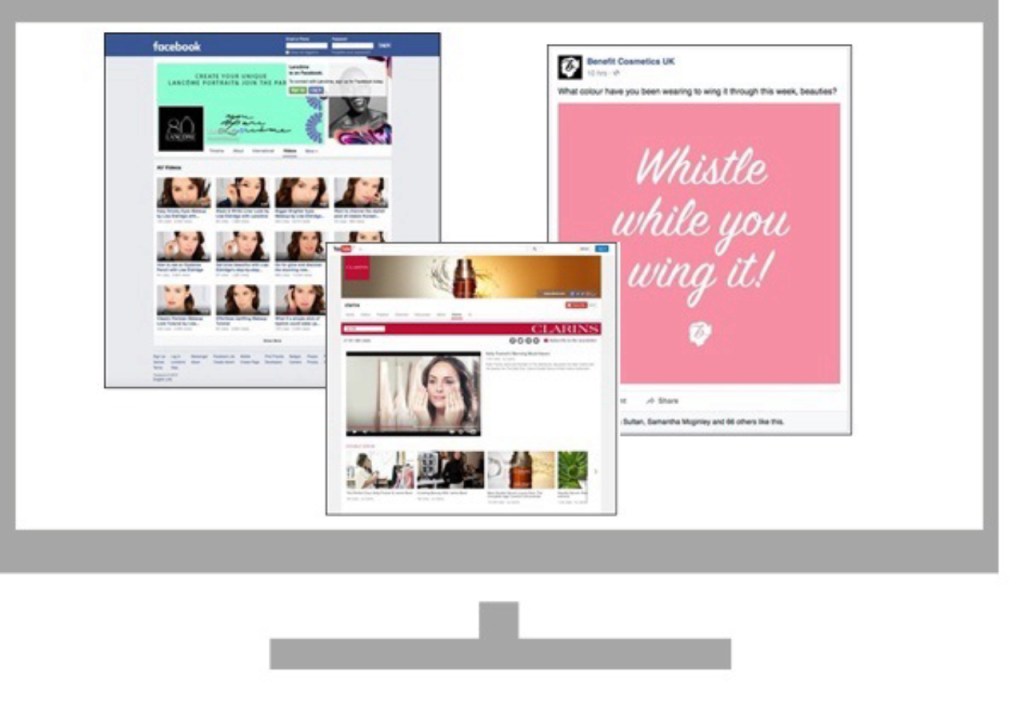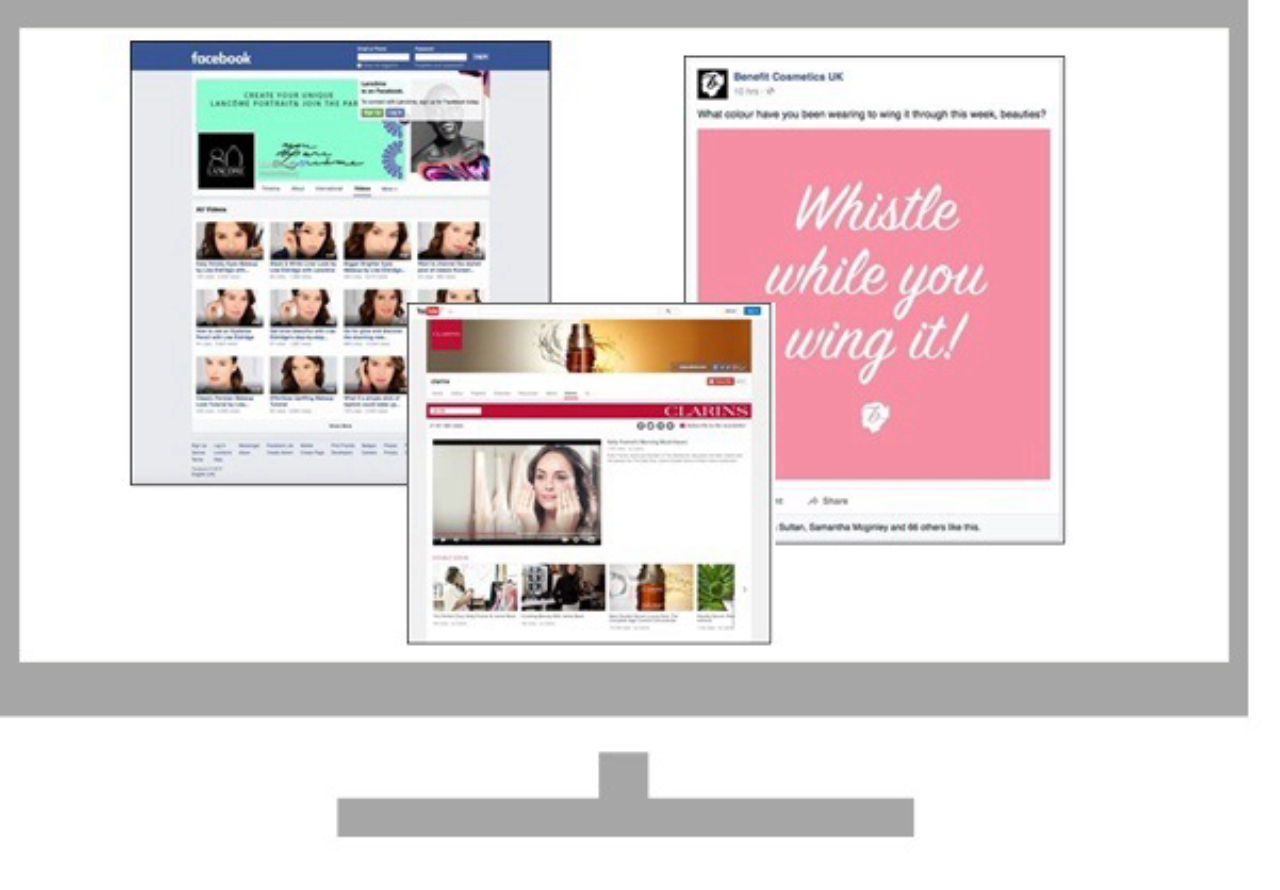In the world of beauty on social media, the vlogger rules. A report by Pixability shows that, as of June 2015, beauty brands collectively own 4.6 percent of YouTube’s beauty brand ecosystem. The most watched channels aren’t owned by brands, but by vloggers. Macbarbie07 has more total audience engagement than any other YouTube beauty poster. And make-up tutorials get two to three times as many views as 30-second ads.
However the beauty brand isn’t out of the picture just yet. Of the top 25 most viewed beauty videos published between January and May 2015, ten were produced by brands, and brand-owned content has now reached 2.1 billion views. Conversation around beauty brands has increased 53 percent in the past year. And ruling the brand roost is Dove. Views of YouTube videos mentioning Dove increased 220 percent to 420 million views. Not far behind, views of YouTube videos mentioning L’Oréal Paris increased 160 percent to 3 billion views.
So what’s happening? Have beauty brands finally cracked social media?
Well, they’re certainly busy. When we look at the top selling online brands, all of them are highly active across core social media channels: YouTube, Facebook, Pinterest, Twitter and Instagram. And all are active content creators. Most supply a broad range of content, from product news to competitions to tutorials.
And, on the whole, most beauty brands are responsive: they’ve learned the importance of responding to consumer concerns, posting efficient and helpful replies on Facebook and Twitter.
The top beauty players on social media in terms of impact are L’Oréal, Chanel and Dove.
L’Oréal’s makeupdot.com is the most subscribed to beauty brand site on Pinterest with 136,747 followers (October 2015). Its “Destination Beauty” YouTube channel, relaunched in August 2014, has enjoyed unprecedented success, doubling its total number of channel subscribers. Its current growth now exceeds that of L’Oréal Paris’ official brand channel.
In October 2015, Dove was the most “loved” beauty brand on Facebook (24 million followers) and YouTube (420 million views). Chanel, meanwhile, was the most followed beauty brand on Twitter (8.53 million followers) and Instagram (5.7 million followers).
Consumers love to discuss brands online and to share advice, tips and expertise – from their latest purchase to beauty application tutorials.
Our recent Social Media Intelligence (SMI) study, carried out in France, examined the most visible beauty-related content online, capturing 68,000 beauty store related posts. Carrying out a deeper analysis on the 2,600 considered the most relevant, we found that offers and products create the highest share of “buzz” on social media. Quality of service and product is important to consumers, with 81 percent of comments featuring strong positive or negative feelings. “Haul videos”, where recently purchased items are displayed, are very popular and influential, especially on YouTube.
Social media is a powerful platform for the beauty industry. It is more important than ever for brands to listen, understand and respond to their online audiences. It is those brands who understand and respond swiftly to the evolving needs of consumers, and create the best multi-channel social media strategies, who will win the online beauty battle.
For more information please contact Tanja Weber at tanja.weber@gfk.com.





